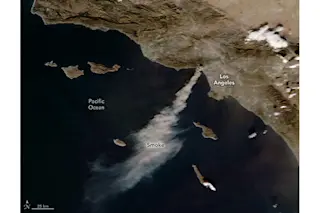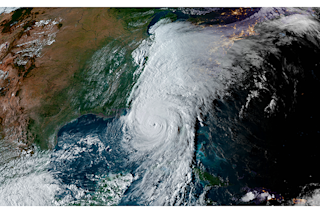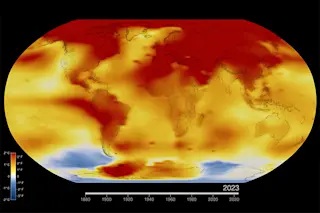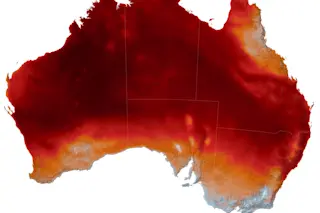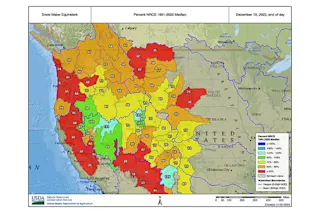A lenticular cloud hovers above pressure ridges in the sea ice near Mount Discovery in Antarctica. (Photograph: Courtesy Michael Studinger/NASA) If you've followed ImaGeo much, you've probably noticed that I'm obsessed with clouds, and particularly a kind of cloud that often takes on a phantasmagorical appearance. It's a called a lenticular cloud, and I've posted a number of images of them since I launched this blog. (Here and here, for example.) So I was planning on taking a break from lenticulars for awhile, but then I found the photo above and felt that it was so spectacular that I just had to share it. This lenticular cloud hovers above the sea ice near Antarctica's Mt. Discovery. In the middle distance is a jumble of jagged ice — a pressure ridge shoved up by the ever shifting sea ice. The scene was photographed in November by Michael Studinger, head of NASA's ...
Phantasm of the Antarctic Atmosphere
Discover the stunning lenticular cloud hovering above pressure ridges near Mt. Discovery, Antarctica, captured by NASA's Operation IceBridge.
More on Discover
Stay Curious
SubscribeTo The Magazine
Save up to 40% off the cover price when you subscribe to Discover magazine.
Subscribe

